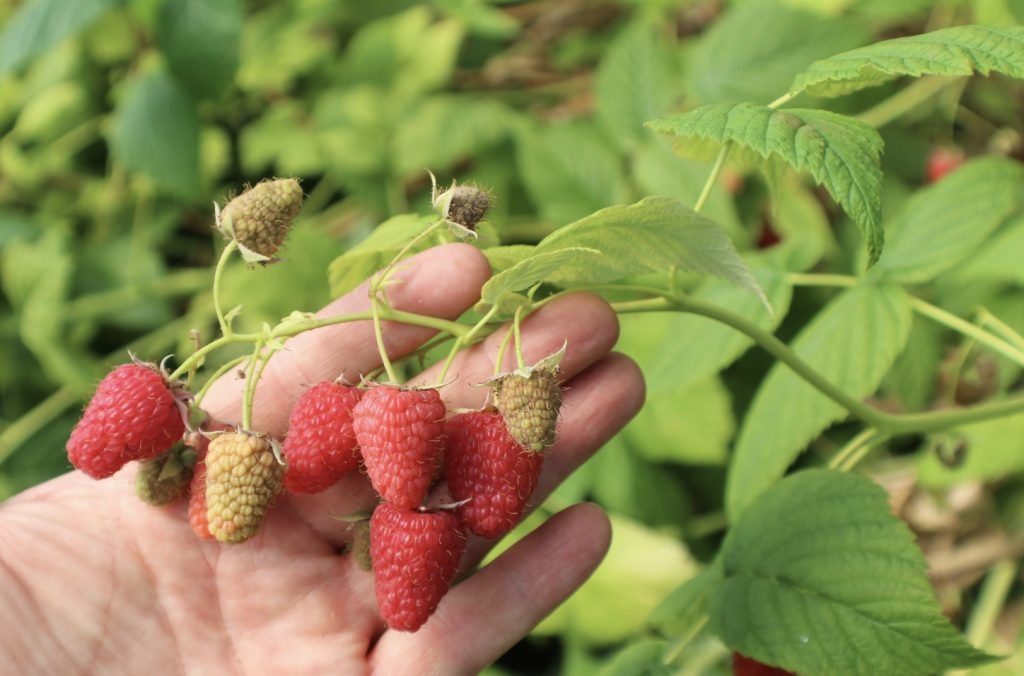
Features
Fruit
Production
Cornell releases new high-yield strawberry, raspberry varieties
September 28, 2018 By Cornell University
 rimson Treasure produces large fruit with vibrant colors and maintains peak flavor and texture for longer. Provided.
rimson Treasure produces large fruit with vibrant colors and maintains peak flavor and texture for longer. Provided.Cornell University’s berry breeding program is releasing two new varieties, which will be available for planting in spring 2019: a strawberry, Dickens, and a raspberry, Crimson Treasure.
Both varieties produce large fruits with vibrant colors that maintain peak flavor for longer than most heritage varieties.
The new berries are the handiwork of berry breeder Courtney Weber, associate professor in the College of Agriculture and Life Sciences based at Cornell AgriTech in Geneva, New York.
Dickens is a traditional, June-bearing strawberry with high yields and bright red fruit that continues bearing late into the season. The berries are firm, so they hold well on the plant and in the container, Weber said, but not so firm that they have no flavor.
The Dickens strawberry was first discovered in Weber’s breeding fields in 2002 and was originally noticed for the plant’s hardiness in surviving cold winters, making it especially suitable for New York and other cold-winter climates. Production trials throughout the region have shown Dickens to be an adaptable and consistent producer of high-quality fruit.
Weber has named his strawberry varieties after his favorite authors, including L’Amour, Clancy, Herriot, Walker and, most recently, Archer. Because this newest berry “yields like the dickens,” Weber decided to name it after prolific English author Charles Dickens.
The new raspberry, Crimson Treasure, is also very high-yielding, with larger fruit than traditional varieties grown in the region. The well-known Heritage raspberry produces fruit of approximately 2.5 grams, while Crimson Treasure produces berries twice as large – averaging between 4 to 6 grams. That’s typical of what you see with supermarket raspberries, Weber said.
Crimson Treasure is a fall-bearing raspberry with bright-red fruit that holds its color and texture well in storage.
The name continues another Weber tradition. This is the third raspberry in the “Crimson” series. Two previously released raspberries were named Crimson Giant and Crimson Night.
Cornell’s berry breeding program is the oldest in the country and is the only one in the Northeastern U.S. The university’s berries are grown all over the world: Crimson Treasure has been planted in trials in New York, California, Mexico and the European Union.
The berry program works with commercial partners across North America, in Morocco, Spain and Portugal. Heritage, the most commonly grown raspberry variety in Chile, was developed at Cornell, and two Cornell raspberry varieties, Crimson Night and Double Gold, are under license in Japan.
Print this page